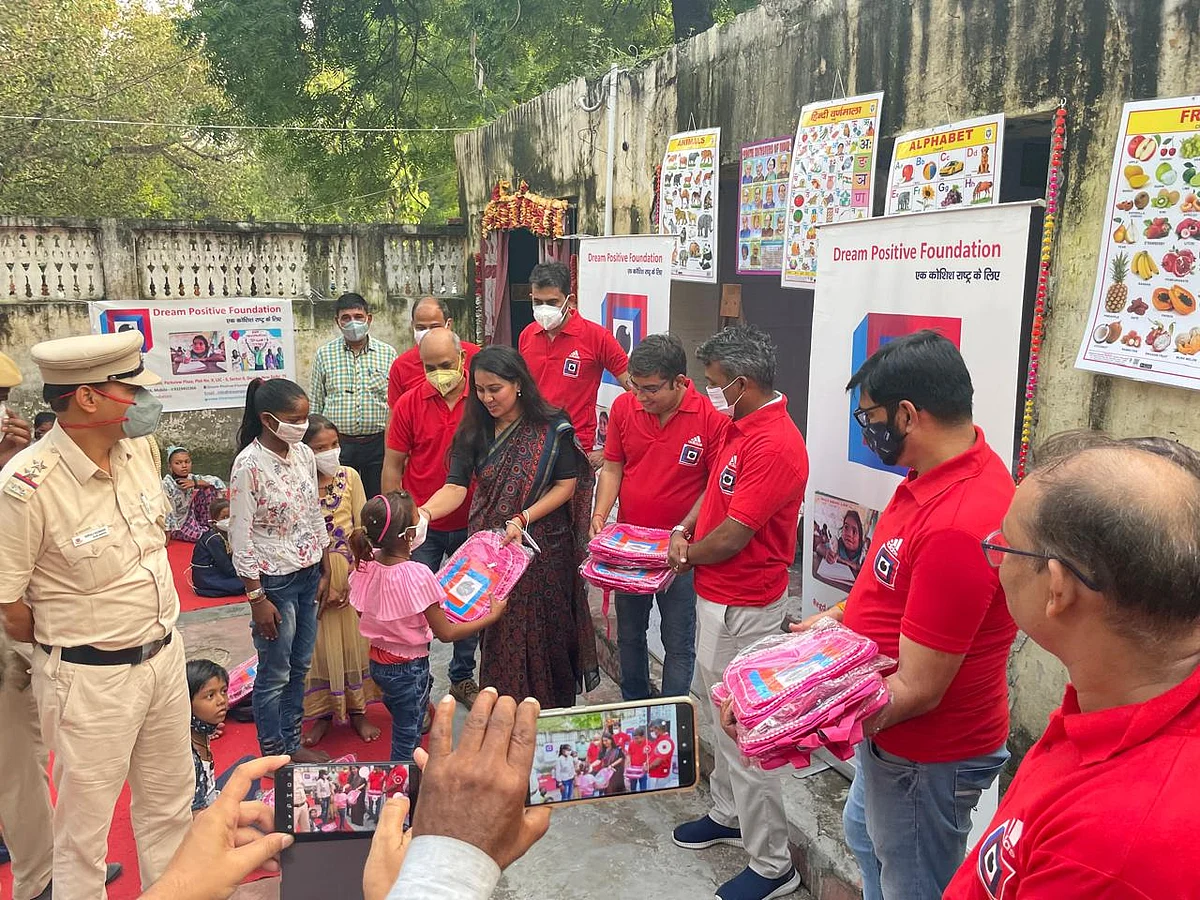Each year, on August 7, we all pay homage to our rich textile heritage in the form of National Handloom Day, recognising the weavers that spin their magic on their looms, and in some cases, that magic has been passed down from in epic tradition. But while our first two generations of consumers (Millennials and Gen Z) are excited to support all things handmade, true handloom is in real danger of being overshadowed by machine-made reproductions.
More markets are filled with machine-made power loom reproductions, and indigenous designs co-opted by big fast fashion brands. The younger, more conscientious consumer is requiring urgent answers to the question: how do we know what is real and what is not? Thankfully, experts from the industry will show us how to decode the story behind the weave.
Spotting the signs
In a world of relentless accuracy and seamless finishes, it is the imperfections that signal authenticity. Harshita Maheshwari, Project Manager, Living Looms of India, ACCESS Development Services, explains, “Identifying authentic handloom products requires a combination of visual cues, tactile experience, and awareness of labeling and sourcing.”
She says that the best way of differentiating a handloom from powerloom is to look for the small irregularities in design. If it's too perfect, it's probably machine-made. The back of a fabric is as important as the front in handlooms. The reverse often shows thread overlaps, slight knots, or colour bleeding in patterns in a handloom fabric.
“Lastly, always be aware of the source of fabric - check labels, certifications and know your sources for production.”
Designer Ridhi Mehra, who is a firm supporter and believer of Indian craftsmanship, says, “Authentic handloom tells a story—its texture, slight irregularities, and finishing reflect the human touch. Look for the Handloom Mark or Geographical Indication (GI) Tag as signs of authenticity.”
She says that handwoven fabrics are often breathable, slightly uneven, and beautifully imperfect unlike the uniform finish of machine-made textiles. “You’ll also notice minor variations at the edges or borders, which indicate they were woven by hand.”
One can easily miss these tactile and visual indicators unless the person is trained in that part and hence awareness holds importance.
New age tools
To combat the rising threat of imitations, official certifications are now being used as digital signatures of truth. Priyal Bhardwaj, General Secretary of the BJP Women’s Wing in Delhi, explains how government mandates are now making authenticity traceable.
“Handloom has a soul you can feel, something machine-made fabric simply can’t replicate,” she says. For her, each weave carries the story of the hands behind it. But with the market flooded with replicas and power loom imitations, identifying truly authentic handloom products can be challenging.
“To protect their integrity, the government now mandates QR-coded certification for authentic Pashmina. Without this verification, it cannot be considered genuine. The same goes for pure Banarasi sarees, which come with a GI (Geographical Indication) tag and barcode that traces the product back to its origin.”
In other words, spotting the real deal doesn’t just require keen eyes—it also demands that consumers ask the right questions and make use of verification tools.
“Where was this made? Who made it? Is there a certificate or code to verify its authenticity? Today, tools like social media, artisan-led marketplaces, government directories, and QR-based traceability empower us to support true craft over convenience,” she says.
Beyond the fabric

For Shriya Negi, Co-founder of ethical brand Mrida, handloom is not just about what’s worn—it's about who made it. “Authentic handloom carries the quiet signature of human hands. Look closely and you will notice minor irregularities, slightly uneven threads or small design errors, which machines cannot replicate. If you flip the fabric, handwoven ones reveal the loose threads or the reverse design, while mass-produced ones are uniform.”
She adds practical advice: “If you have a loose fibre, the burn test helps. Natural fibres, such as cotton and silk, are converted to ash, while synthetics smell like plastic and turn into hard beads. Handloom fabrics are softer over time. They have greater breathability, a unique texture, and a softer feel. Ask the seller questions like the weaving period, the maker, the origin, and the day count. Sluggish or evasive answers are often a bad sign.”
Negi also emphasizes that choosing handloom is not just about aesthetics—it’s about ethics and identity. “Many crafts carry Geographical Indication (GI) tags to confirm their origin. Natural silks often bear the ‘Silk Mark’, and handwoven products may carry the official ‘Handloom Mark’ issued by the government. These labels exist to protect both the craft and the buyer. It is clear that handloom is not about flawlessness; it is about a blend of skill and story. It is hard to revert to mass-produced once you realise the difference.”
 Sangini Saheli – NGO for Women’s Empowerment and Hygiene
Sangini Saheli – NGO for Women’s Empowerment and Hygiene Custodians of culture
This new generation of consumers is not only buying handloom—they are reshaping its narrative. “In today’s world, both millennials and Gen Z have a vital role in championing India’s handloom heritage. Supporting handloom weavers isn’t just about buying fabric — it’s about preserving a story, a culture, and a livelihood. By seeking out authentic handloom labels whether directly from artisans or through e-commerce platforms and celebrating craftsmanship on social platforms; today’s consumers can become powerful advocates for time-honoured artforms,” says Suman Saha, CXO, House of Brands and FWD, Myntra.
The younger generations and millennials, thanks to social media, savvy fashion, and shifts toward being eco-friendly, now hold the reins of influence. Their decisions can galvanize the weaving communities and guarantee that these art forms are cherished and not merely kept for history as a side artifact.
With the passage of National Handloom Day, one discourse that persists is the onus of protecting the legacy of Indian textiles rests now on the shoulders of the youth. It demands only consideration, consideration, and a vow to commend the artisans whose skill and art has shaped civilizations.
You may also like

Pilot and son, 13, killed in Majorca plane crash while 'performing stunts'

KEVIN MAGUIRE: Corbyn's new Left party will be the ultimate revenge mission

Max Verstappen promise ripped up as Red Bull chief performs huge U-turn

Santander to shut 14 bank branches this month - full list

Lucy Letby's boss reveals killer's surprising reaction to being removed from hospital







